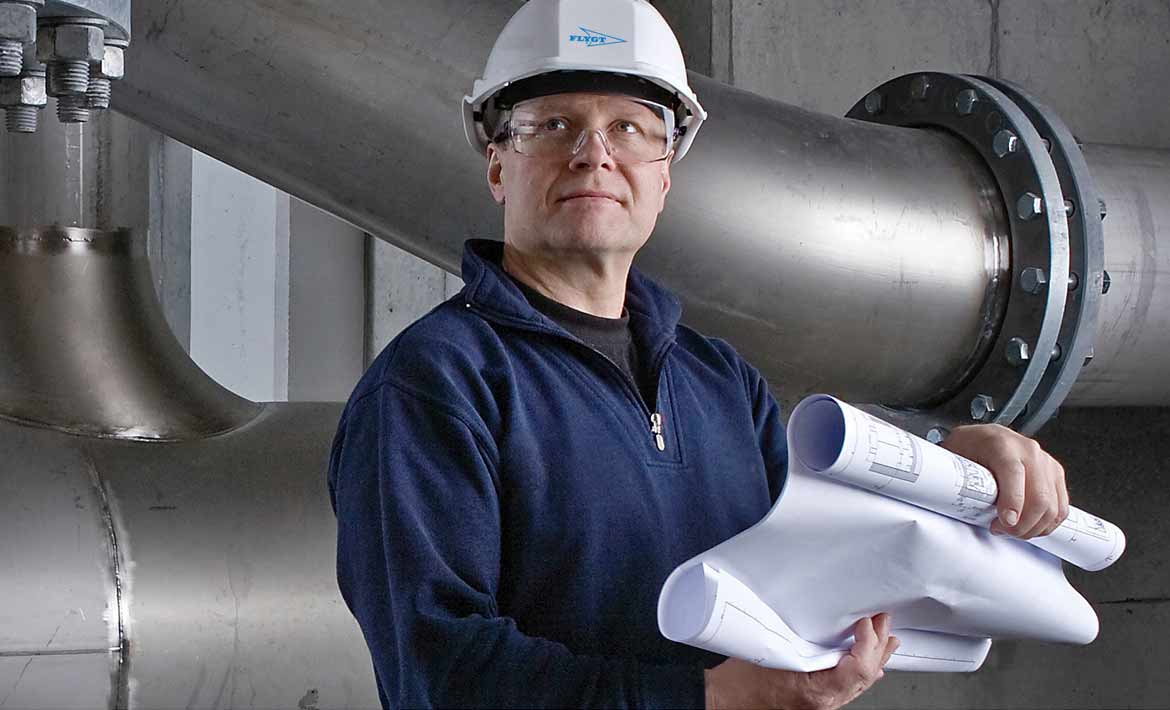There are a lot of companies across the world that manufacture state of the art water solutions near you equipment to ensure that industries treat and reuse their wastewater. This plays an important role in the conservation of water. The following list includes some of the most common types of water and wastewater equipment that you need to know and how each equipment operates.
Ultrafiltration systems
Ultrafiltration is a pressure-driven process. It uses a membrane to remove metal hydroxide, emulsified oils, dispersed materials, emulsions, suspended solids and large molecular weight materials from wastewater. Ultrafiltration excels at the clarification of solutions that contain bacteria, suspended solids and high concentrations of macromolecules, including water and oil.
Ultrafiltration systems reduce oily water volumes by over 98% without the use of chemicals. These systems are capable of removing small fines in tumbling and deburring operations, which allows soap and water solutions to be reused and recycled. When circulating disposal and heating expenses, companies can see a reduction in water and detergent costs by as much as 75% and a reduction in waste disposal costs by 90%. For these reasons, ultrafiltration membrane technology is becoming the better choice over conventional filtration.
Vacuum evaporation and distillation
Since evaporation is a natural phenomenon, it is considered the best available technique in various wastewater treatment processes. It removes the water from the contaminants and is not the usual method of filtering contaminants from the water. It is therefore distinct from other treatment processes and equipment made by a given water solutions company.
No other technology can attain the high water recovery and concentration rates that a vacuum evaporator can attain, which accelerates the natural evaporation process to distil industrial wastewater from one to 120 tons per day. Vacuum evaporation and distillation equipment are capable of achieving residual total solids of over 85% concentration. Some of the most common primary vacuum evaporators include hot or cold water, heat pumps, and mechanical vapour recompression vacuum evaporators.
Reverse osmosis systems
This technology removes dissolved impurities and solids from water using a semipermeable membrane. This allows water passage but leaves out most of the dissolved solids and other types of contaminants behind. The reverse osmosis membranes require a pressure that is greater than osmotic pressure and high-pressure water to treat water effectively. The water that passes through the membrane is known as permeate. The dissolved salts are that typically rejected by the membrane are known as the concentrate.
A well-designed and operated reverse osmosis system can remove up to about 99.5% of the incoming dissolved impurities and salts as well as all colloidal and suspended matter from feed water applications and challenging waste. For industrial, surface treatment and metalworking applications, reverse osmosis is the final purification process after ultrafiltration or chemical treatment.
Paper bed filters
These water solutions near you equipment are comprised of unique types of filters that work by gravity and use disposable paper media to produce a positive barrier which gets rid of solids from free-flowing industrial liquids. The paper bed filters are effective for applications that involve a medium- to low-stock removal of nonferrous and ferrous metals.

